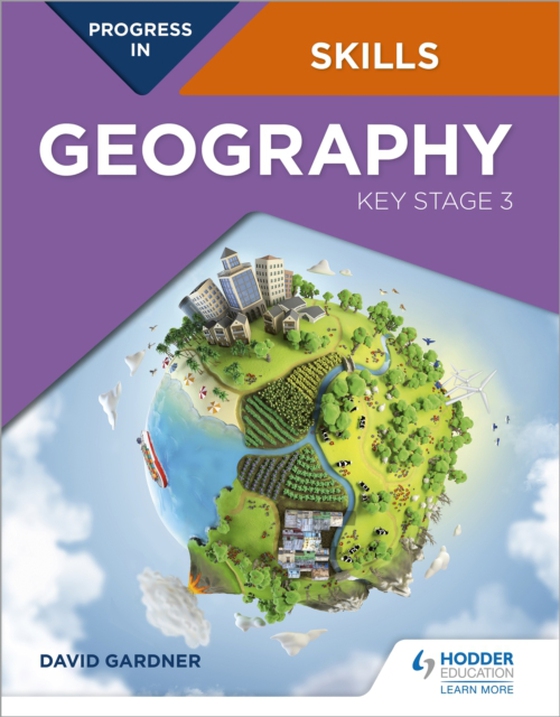
Progress in Geography Skills: Key Stage 3 e-bog
135,33 DKK
(inkl. moms 169,16 DKK)
Highly Commended in the GA Publishers' Awards 2021:"e;This comprehensive resource has been designed to work alongside Progress in Geography and uses the same format and recognisable layout. It can also be used as a standalone text and is packed full of resources, well-framed activities, support and practice to help students to develop key geographical skills and think critically about what ...
E-bog
135,33 DKK
Forlag
Hodder Education
Udgivet
29 maj 2020
Genrer
Educational: Geography
Sprog
English
Format
epub
Beskyttelse
LCP
ISBN
9781510477612
Highly Commended in the GA Publishers' Awards 2021:"e;This comprehensive resource has been designed to work alongside Progress in Geography and uses the same format and recognisable layout. It can also be used as a standalone text and is packed full of resources, well-framed activities, support and practice to help students to develop key geographical skills and think critically about what they're learning. The judges also felt it could be a useful reference for non-specialists and trainee teachers."e; This book is designed to help students build up and apply geographical skills throughout KS3. A wide range of skills are introduced in Unit 1, and then revisited and progressed in different contexts in Units 2-15 as part of a learning journey to becoming a geographer. These skills are progressed as an integral component of an enquiry process. The book provides a firm foundation for the geographical skills required at GCSE level and beyond. A wide range of geographical data is provided including satellite images and a large number of OS maps at a variety of scales, often linked to other data, such as ground and aerial photos. Progress in Geography Skills: Key Stage 3 can be used independently or alongside the Progress in Geography: Key Stage 3 Student book.Each page has a specific learning objective and skills focus, such as:- Conducting geographical enquiries; considering different points of view and making decisions - Drawing field sketches, linked to OS maps and locating places using lines of latitude and longitude on an atlas or grid references on OS maps- Understanding and drawing a wide variety of graphs- Analysis and presentation of statistical data- Comparing ground level photographs with Ordnance Survey maps and being able to identify coastal, glacial and river landforms on OS maps- Using newspapers to investigate issues, and detect bias- Using websites, including online GiS, as part of enquiries and investigating data
 Dansk
Dansk

